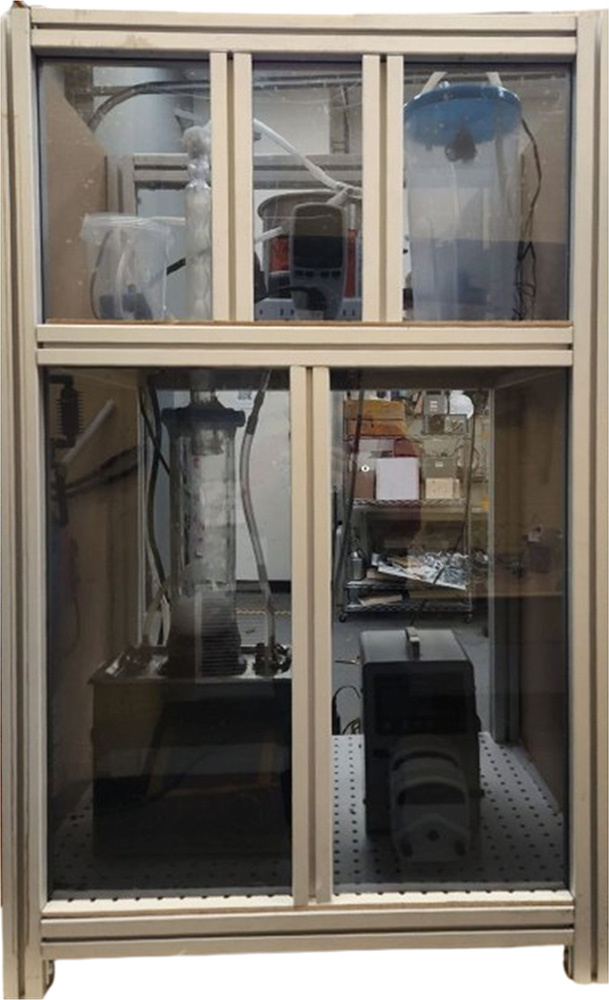Sonic Hydrogen Production
Sonic hydrogen production, also known as sonohydrogen, is a method of producing hydrogen gas (H2) through the use of sound waves, typically in the ultrasonic range. This process involves the generation and collapse of cavitation bubbles in a liquid, usually water, induced by the ultrasound waves. The collapse of these bubbles creates extreme temperatures and pressures, leading to the splitting of water molecules into hydrogen and oxygen. While still largely in the experimental phase, sonohydrogen holds potential as a clean and efficient method for hydrogen production, though challenges remain in terms of scalability and cost-effectiveness.
Sonic Hydrogen Generator System at the CERL